Peter Mackay’s office in St Andrews feels like a poet’s sanctuary.
Shelves bow under the weight of books, and light from the North Sea pours in through tall windows, casting long shadows on the walls.
Beyond his desk overlooking The Scores, the ruins of St Andrews Castle stand resolute against the ever-changing tides – a poignant reminder of Scotland’s layered, sometimes ruinous, history.
As Scotland’s newly appointed Makar gazes toward the waves, he admits he’s never quite made peace with the sea that defines this Fife coastal town.
“I’m a west coast boy,” says the 45-year-old, who grew up on the Isle of Lewis.
He smiles, adding: “I’m accustomed to the Atlantic.
“The North Sea is a really weird sea, and I’m really interested by it.
“But it’s also one that I haven’t quite got to grips with yet.
“Emotionally, there’s something really odd about it.”
For Peter, these contrasts between old and new, familiar and foreign, are a constant thread in his life and work.
Over the past 11 years, St Andrews has become his professional home.
Yet, the pull of the rugged island where he grew up remains strong, like a tide he cannot escape.
What does Scotland’s new Makar Peter Mackay think of St Andrews and Cupar?
Peter arrived in St Andrews in 2013, joining the university as a lecturer in literature.
Over the years, the town has worked its quiet magic on him.
“The town’s great because it’s, on one hand, a university town, which is very gowny,” he says.
“But it’s also a rough-and-ready Fife town – often just one pub along!”
St Andrews, with its narrow wynds and dramatic coastal views, has provided a fitting backdrop for Peter’s exploration of Scottish and Gaelic literature.
As a senior lecturer, he enjoys the freedom to teach across boundaries, weaving together Scottish, Irish, and multilingual traditions.
Beyond the lecture halls, he’s come to appreciate the rhythms of Fife life.
“I quite like Cupar as a town,” he says warmly.
“I like a good market town. For academic reasons, I also do quite a bit on the Second World War and the Cold War.”
At this point in the interview he’s fascinated to be shown pictures of the ‘Dragon’s teeth’ at Collessie, which recently featured in The Courier.
“I’m really interested in how militarised Fife is – and how militarised much of Scotland is as well,” he adds.
Yet, for all its charm, living on the mainland has only deepened comparisons to his childhood in Lewis.
Peter recalls time he spent in Denmark, when he had a Danish partner for five years.
“Denmark now makes an awful lot more sense from St Andrews than it ever did from the Isle of Lewis,” he reveals.
“There’s a continuity around the North Sea that you can sense but can’t quite put your finger on.”
Did Peter Mackay feel isolated growing up on the Isle of Lewis?
Born and raised in a small village in the northwest of Lewis, Peter describes his childhood as both isolated and expansive.
“Looking back, Lewis was a fantastic place to grow up,” he reflects.
“When you’re a kid, you think about what you don’t have – the lack of McDonald’s, Burger King, cities.
“But at the same time, if I walked five minutes from my mother’s house, you couldn’t see a house. You were in the moor.
“You had these really flat skies above you and the sound of the sea.
“At all points, the Atlantic had this background hum.”
Community life on Lewis was tightly woven, with Gaelic serving as the fabric of everyday life.
“Most of the community still spoke Gaelic,” he recalls.
“I grew up speaking it at home, alongside English. I’d switch between the two without even thinking.”
In their small village of 200 people, traditional crafts like Harris Tweed weaving and crofting thrived.
Yet even within this tight-knit world, Peter was aware of broader horizons.
“While we were isolated, there were deep connections to the wider world,” he says.
“Because so many people emigrated, people had relatives in Australia, phone calls from Canada at Hogmanay – we always felt part of something bigger.”
Does Peter feel that Gaelic language and culture is under threat?
Peter’s love for Gaelic is inseparable from his upbringing.
Yet, even as a child, he felt the language’s fragility.
“The first time I was told that I speak a language which was under threat was when I was about seven or eight,” he recalls.
“From that age, you carry this weird weight – this responsibility that you and your generation have to keep it alive.”
The urgency to preserve Gaelic was a constant theme during his youth.
At school, he was sent around the village with a tape recorder to capture the stories of elders.
At home, his father, a leader in Gaelic development, surrounded him with poets, singers, and storytellers.
While Peter cherished the language and culture, he also wanted to “keep other bridges open.”
He turned down a job at the Press & Journal newspaper in Aberdeen at 17 and instead studied maths and English at Glasgow University.
Later, he pursued a PhD in Irish and romantic poetry at Trinity College Dublin before working as a journalist, including for the BBC.
Now back in academia, Peter sees the race to save Gaelic as more precarious than ever.
“It’s a very odd time for Gaelic,” he says.
“The last census figures are strange.
“There was this slight uptick in the number of speakers – but that’s largely in urban centres like Glasgow, Edinburgh, and Aberdeen.
“Where I grew up, especially in Lewis and Skye, there’s been a large decrease in the percentage of the population speaking it.”
Peter believes it would be a “huge loss” if Gaelic disappeared from its native heartland in the Western Isles.
“Gaelic as a lived, day-to-day community language is under threat and needs an awful lot of help,” he says.
He acknowledges the need to rethink community, suggesting that online and dispersed communities might play a crucial role in Gaelic’s survival.
What’s it like to be Scotland’s new Makar?
For Peter, who commutes to St Andrews from Edinburgh, where he lives with his partner, being named Scotland’s Makar, or national poet, is both an honour and a responsibility.
“It’s humbling to follow in the footsteps of poets like Edwin Morgan, Liz Lochhead, Jackie Kay, and Kathleen Jamie,” he says of the three-year post.
As Makar, Peter will have three or four commissions annually from the Scottish Government.
The role’s broad purpose is to celebrate and advocate for poetry as part of Scotland’s public life.
“But beyond that,” he adds, “there’s no limitation.”
Peter hopes to use the role to highlight Scotland’s linguistic diversity, particularly the interplay between Gaelic, Scots, and English.
“I think it’s important to celebrate the richness of Scotland’s literary traditions,” he says.
As he reflects on the journey that brought him to Fife, from the moors of Lewis to the ruins of St Andrews Castle, Peter remains inspired by the contrasts that define his life.
“It’s in those places where the familiar meets the strange that poetry happens,” he says, smiling.
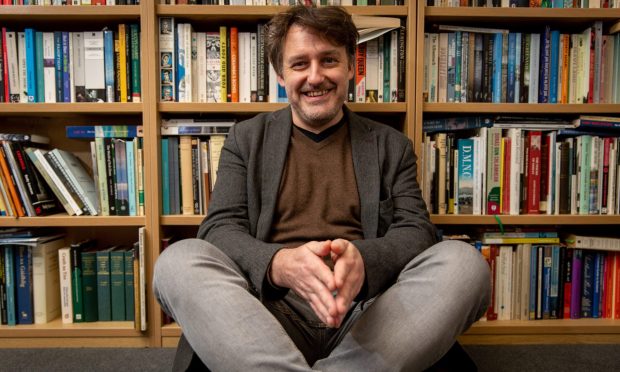
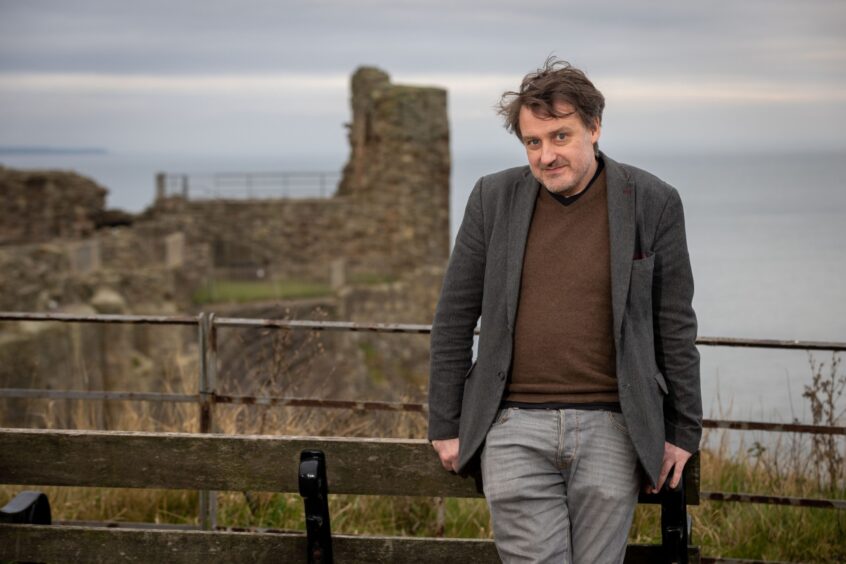
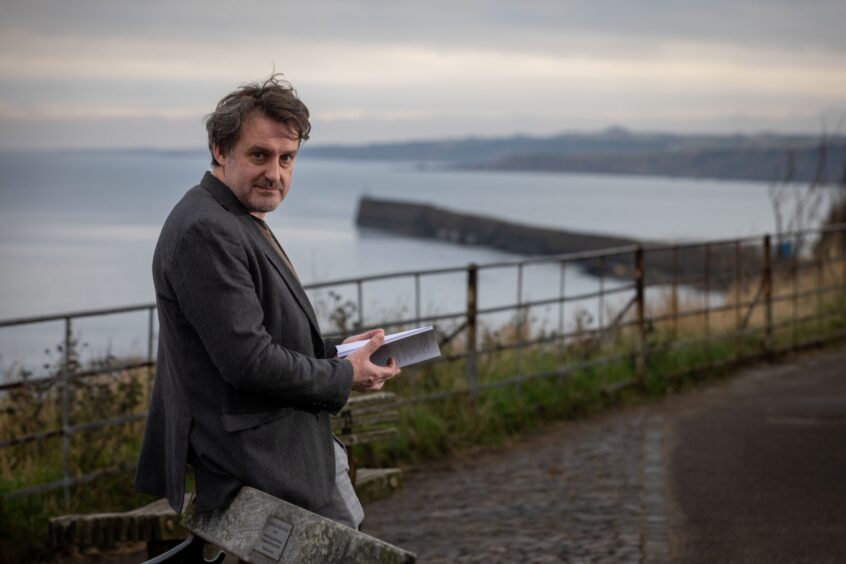
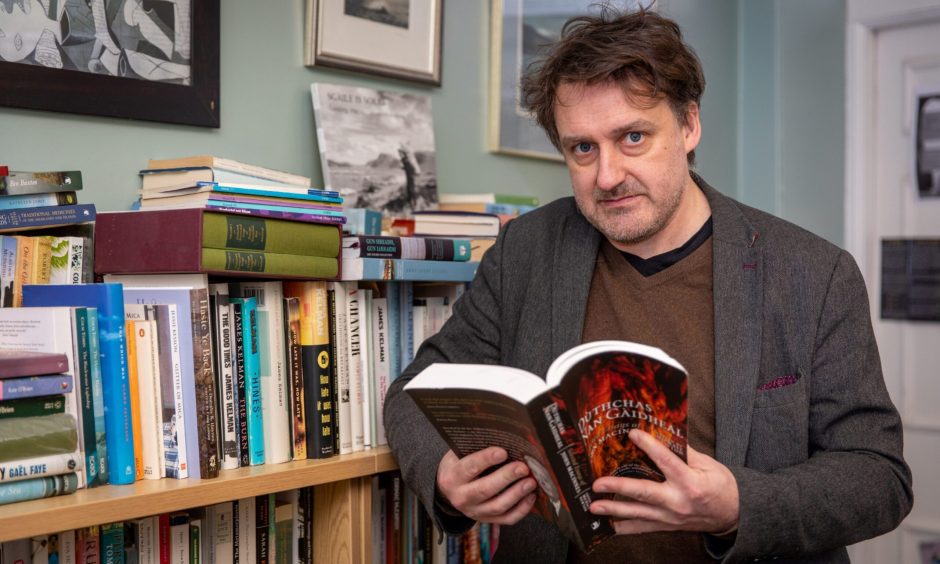
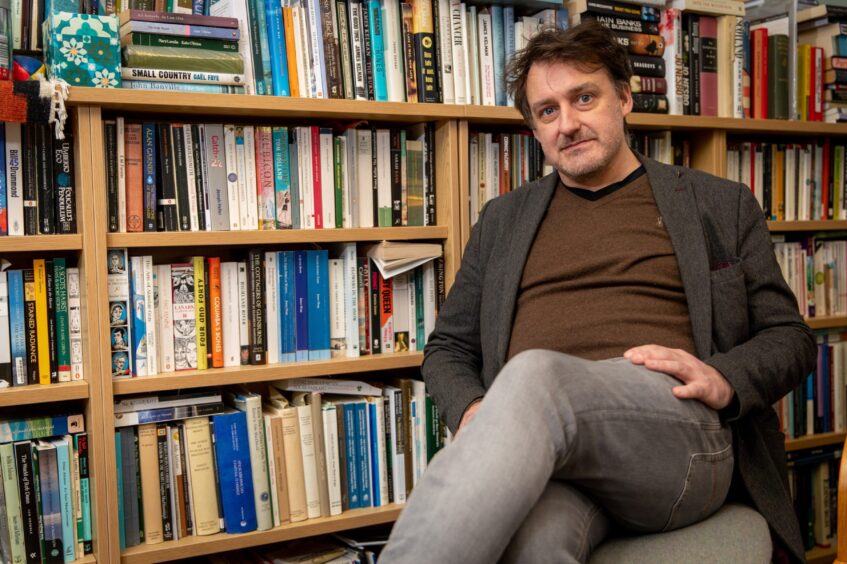
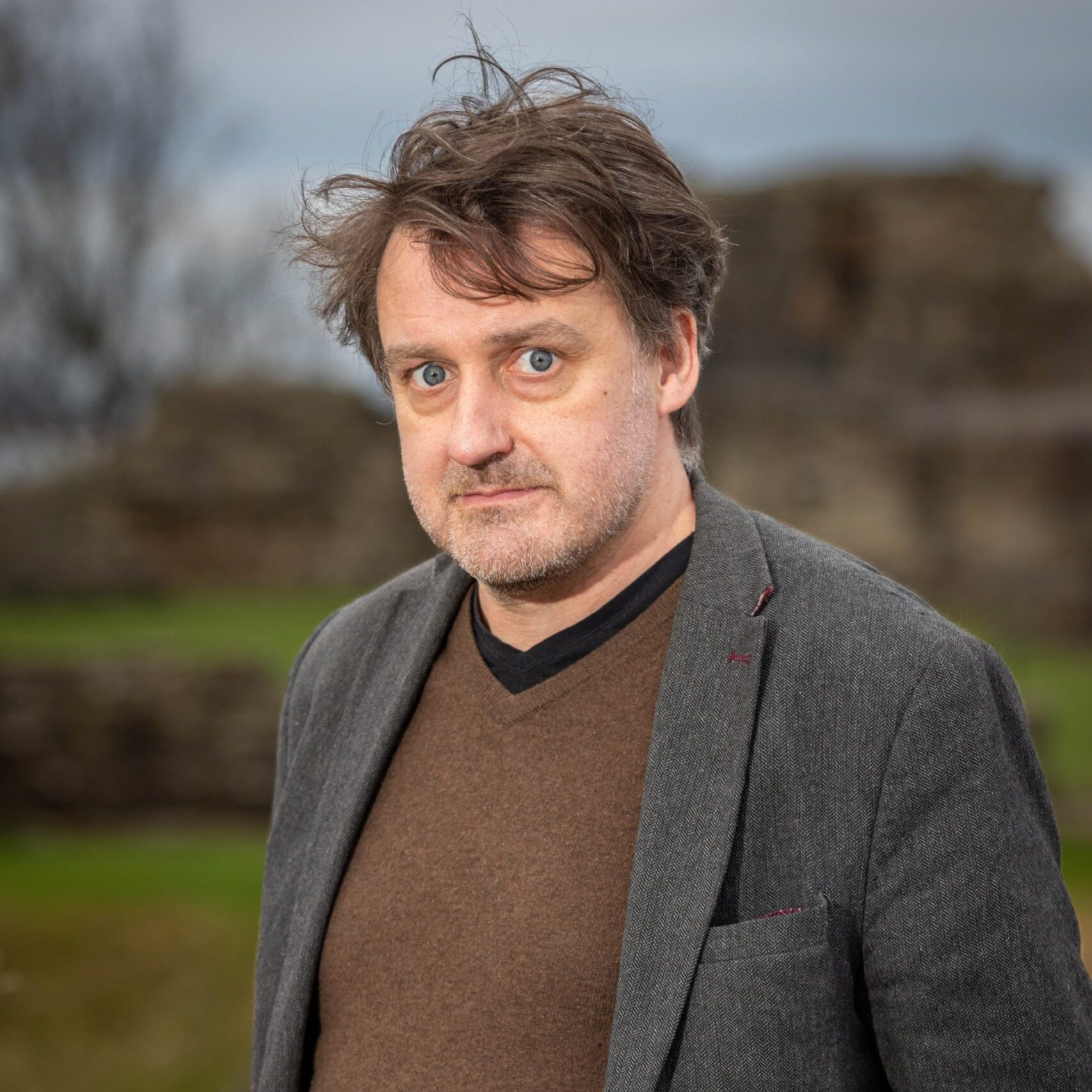
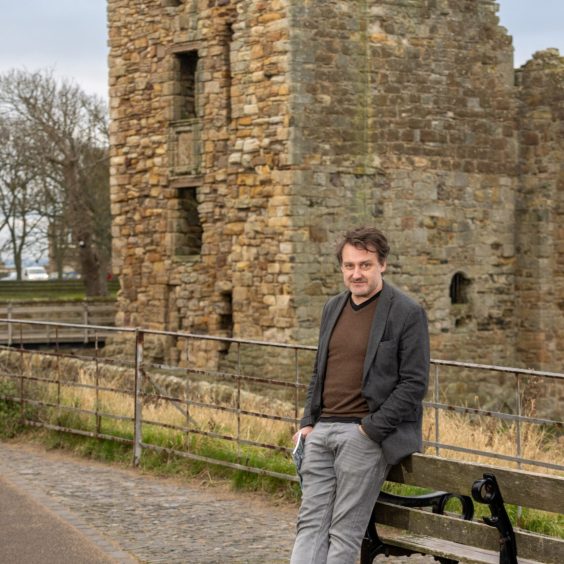
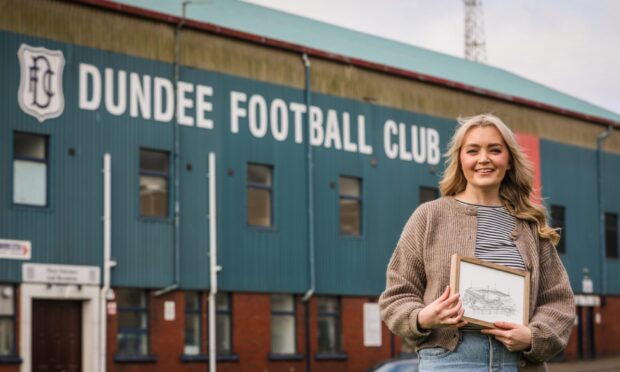
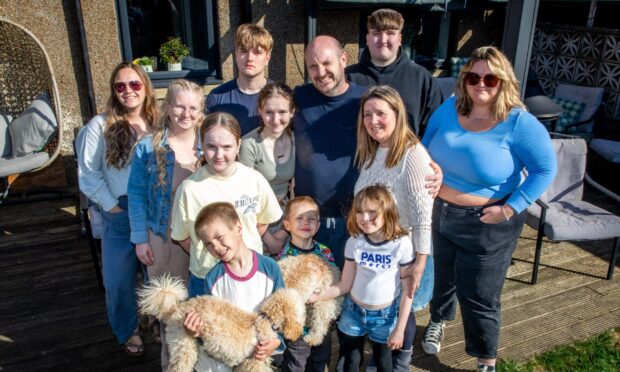
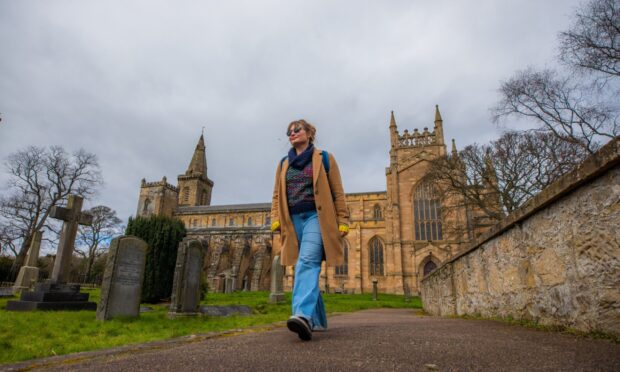
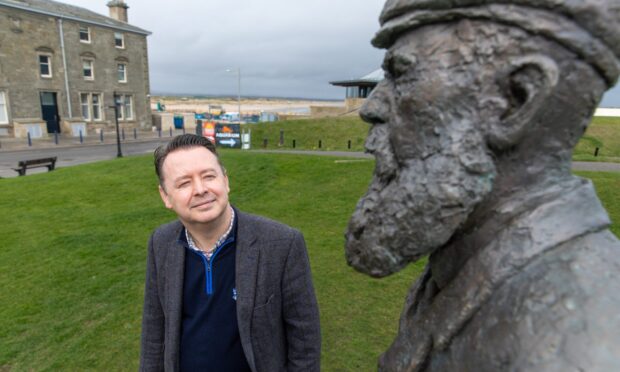
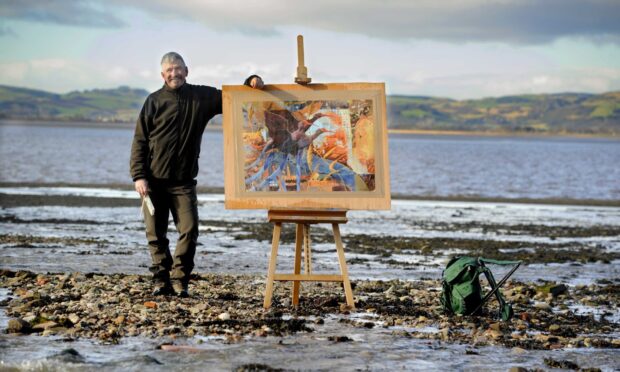
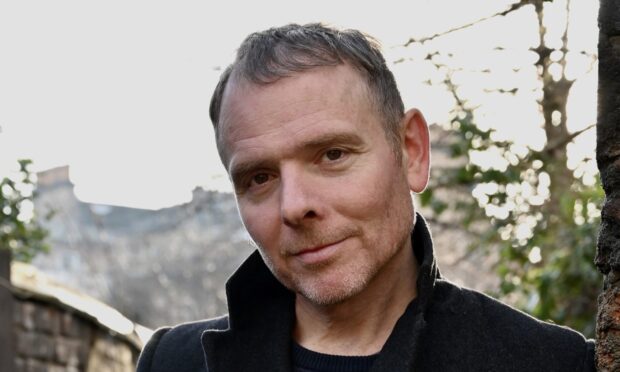
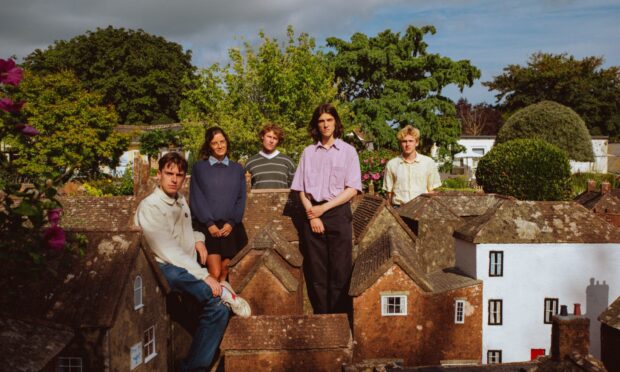
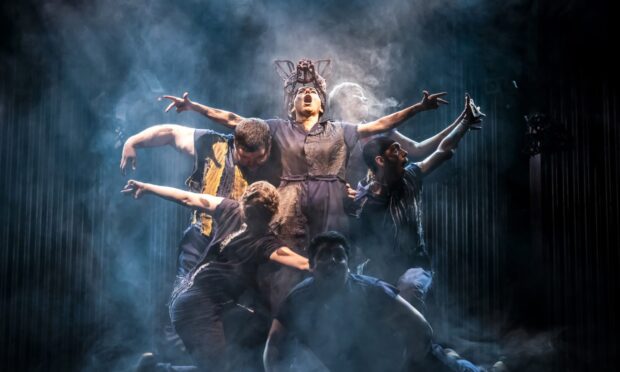
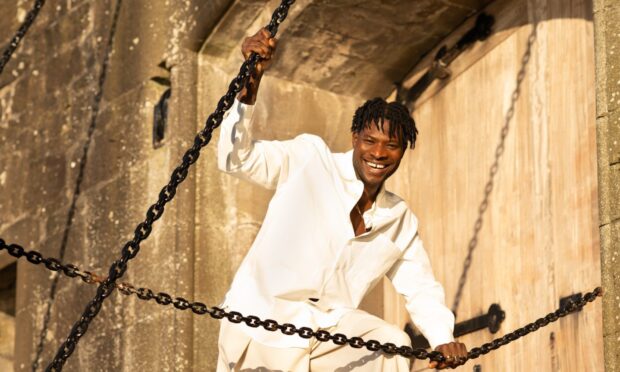
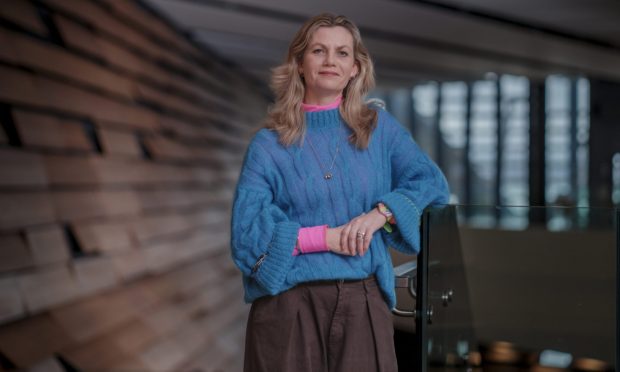
Conversation